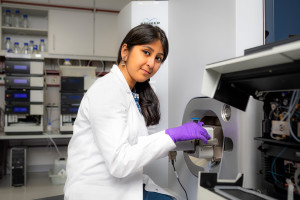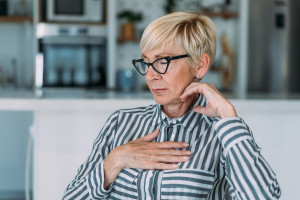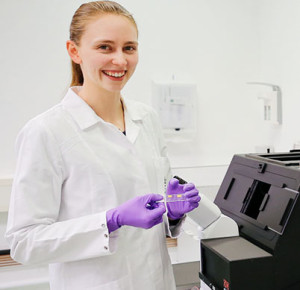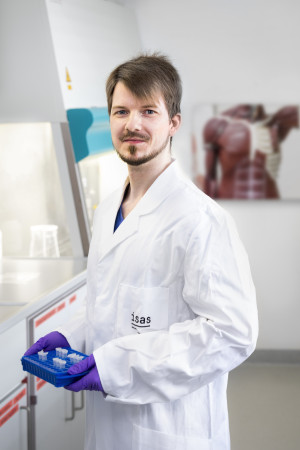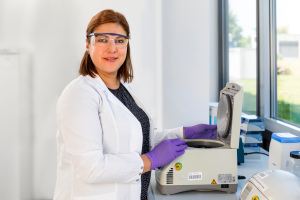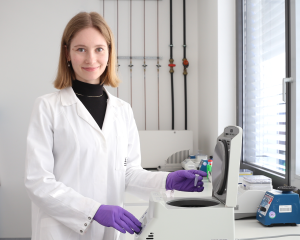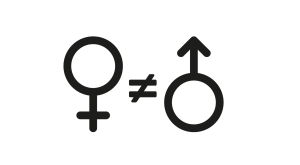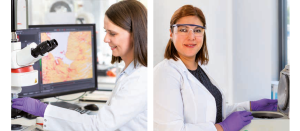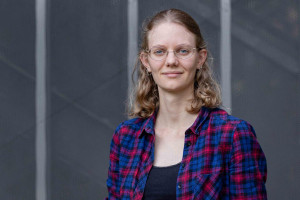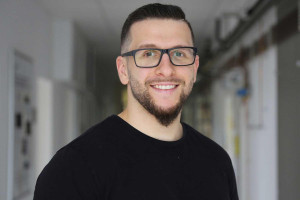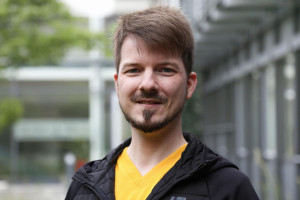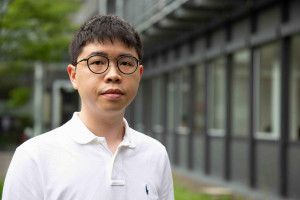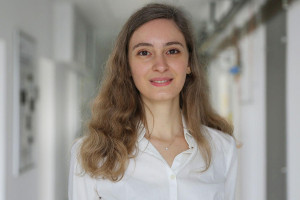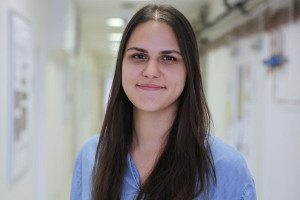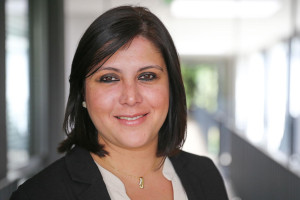Proteomics refers to the comprehensive analysis of proteomes, the entire set of proteins present in an organism. The scientists in the research group of the same name are developing analytical methods with which biomolecules – predominantly proteins – can be assessed qualitatively and quantitatively.
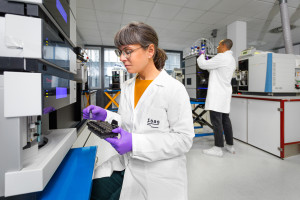
© ISAS / Hannes Woidich
The researchers are looking not only at the structure of proteins, but also the dynamic changes that occur in them. The triggers for such changes are external influences (such as environmental factors), metabolic processes and communication processes in cells. These changes play a role in virtually all diseases – including cardiovascular disorders, cancer or diabetes.
The possibilities for applying proteomics analyses extend from fundamental research through to new developments for medical diagnostics. They make an important contribution to targeted diagnostics – for example in the form of proteins as target molecules (biomarkers) – and the individual treatment of patients. For instance, personalised therapeutic options make it possible to tailor treatment to individuals for some cancers. This requires knowledge of the genes, proteins and other molecules that are relevant for the type of cancer and the course of treatment. In order to find the molecular switches for the genesis or the course of a disease, the researchers are examining exactly where and how which (bio)molecule acts in the cell, how it is transported and what it binds to; in short, how that biological system works in its entirety.
